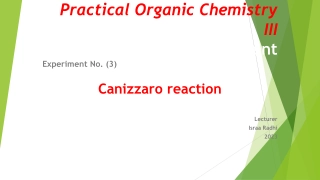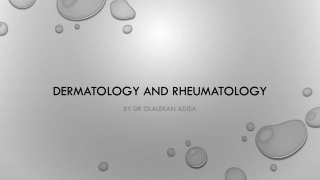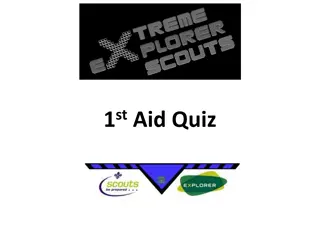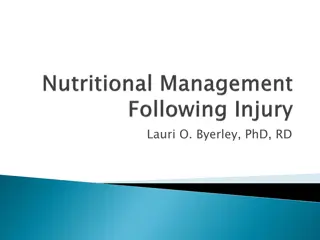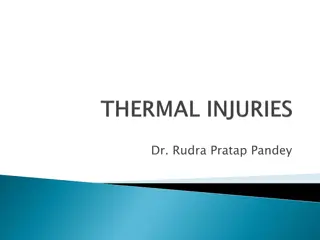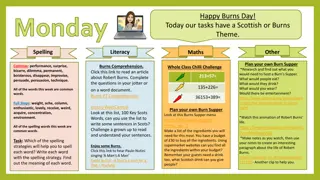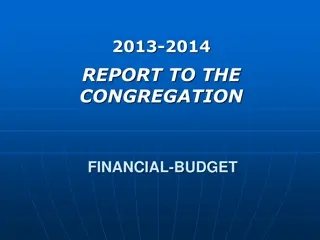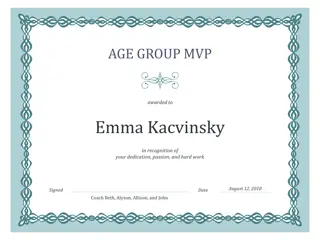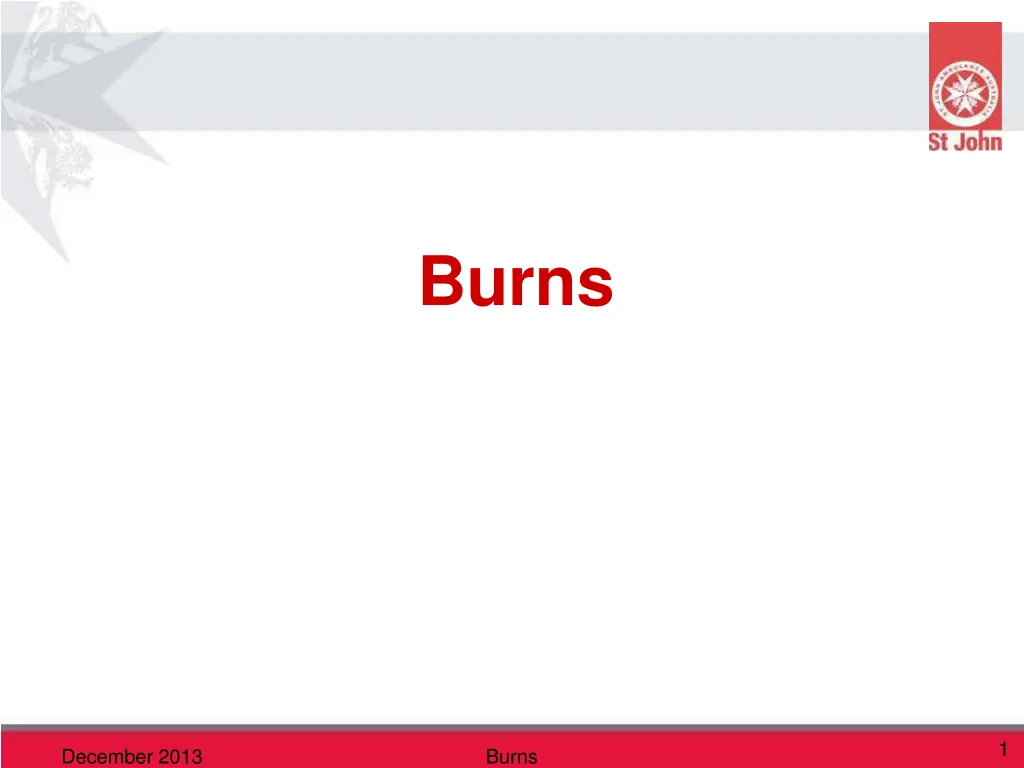
Understanding Burns and Their Management
Learn about recognizing burn risks, signs, symptoms, and proper management techniques. Discover how to assess and care for burn patients effectively. Understand what actions to take for patients at different risk levels. Avoid common mistakes in burn management to ensure patient safety and better outcomes.
Download Presentation

Please find below an Image/Link to download the presentation.
The content on the website is provided AS IS for your information and personal use only. It may not be sold, licensed, or shared on other websites without obtaining consent from the author. If you encounter any issues during the download, it is possible that the publisher has removed the file from their server.
You are allowed to download the files provided on this website for personal or commercial use, subject to the condition that they are used lawfully. All files are the property of their respective owners.
The content on the website is provided AS IS for your information and personal use only. It may not be sold, licensed, or shared on other websites without obtaining consent from the author.
E N D
Presentation Transcript
Burns 1 December 2013 Burns
Learning Outcomes On successful completion of this module members will have demonstrated the ability to: Recognise the patient at risk from burns; Recognise the signs and symptoms of a burn; and Effectively assess and manage a patient with a burn 2 December 2013 Burns
Is this patient at risk? 1. Initiate care consistent with your clinical accreditation 2. Arrange for clinical review by a health professional if vital signs do not normalise (become low risk) 3. Repeat observations frequently until help arrives or the patient improves December 2013 Burns 3
Is this patient at high risk? If any of the high risk criteria are present: 1. Initiate care consistent with your clinical accreditation 2. Call for help; escalate care immediately (ambulance and/or health professional) 3. Repeat observations frequently until help arrives or the patient improves December 2013 Burns 4
Burns Burns can be caused by: Heat Extreme Cold Chemicals Electricity Friction (e.g. rope burn) Radiation (e.g. sun) December 2013 Burns 5
Signs and Symptoms Will vary depending on severity: Area is red, pale yellow or white Painful Blistered Area feels dry and leathery December 2013 Burns 6
Management of Burns DRSABCD Assess if the patient is at risk Cool the burn area under cool running water for 20 minutes Remove any constrictive items Cover the burn with a non-adherent dressing or plastic wrapping Assess and manage pain December 2013 Burns 7
Burns DO NOT Apply lotions, ointments or oily dressings Prick or break blisters Give alcohol Overcool the patient Use towels, cotton wool, blankets or adhesive dressings Remove clothing stuck to burnt area Apply ice December 2013 Burns 8
Hydrogels The use of Hydrogel dressings is indicated where running water is not immediately available If exposed to the air and left in place for long periods, they can contribute to hypothermia, especially in the elderly and the young December 2013 Burns 9
Refer to medical aid Involves airway Involve hands, face, feet or genitals Deep burns Unsure of severity of burn Larger than a 20 cent piece Electrical burns Chemical burns Bitumen burns December 2013 Burns 10
Clothes on Fire STOP patient from running around DROP patient to the ground Wrap in blanket, coat or rug, preferably wool ROLL patient along the ground Until flames smothered Manage burns December 2013 Burns 11
Questions 12 December 2013 Burns

